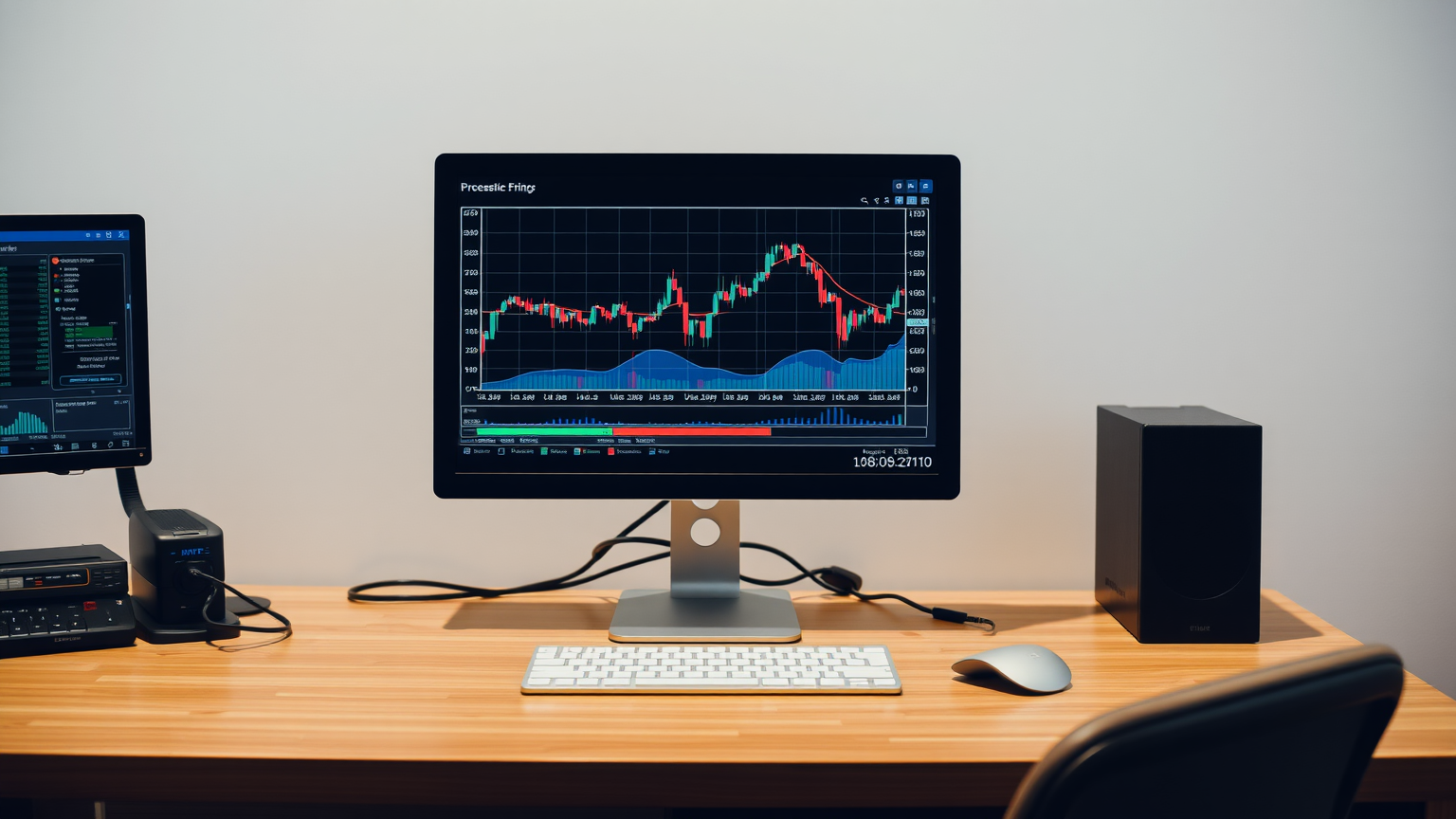VF Corporation faces its most severe operational crisis to date, with the apparel conglomerate wrestling with billions in debt obligations while its cornerstone Vans brand experiences a dramatic sales collapse. The situation has escalated to the point where investors have initiated legal proceedings, raising urgent questions about the company’s ability to reverse its downward trajectory.
Investor Lawsuits Compound Mounting Troubles
The corporation’s challenges now extend beyond financial performance into the legal arena. Multiple investors have filed securities fraud lawsuits, alleging the company obscured the true status of its turnaround initiatives. The deadline for lead plaintiffs in the primary case concluded on November 12, coinciding with other significant corporate developments. These legal actions represent a significant escalation in the company’s troubles, adding legal defense costs and potential liabilities to an already strained balance sheet.
Strategic Asset Divestment to Ease Financial Pressure
In a decisive move to address its substantial debt load, VF Corporation executed the sale of its Dickies brand to Bluestar Alliance for $600 million. Finalized on November 12, this transaction forms part of a broader restructuring initiative designed to streamline operations and strengthen the company’s financial foundation. Despite this strategic divestment, concerns persist about whether such measures adequately address the fundamental operational issues plaguing the organization.
The company’s financial metrics reveal substantial leverage, with a debt-to-equity ratio standing at 3.92, indicating heavy reliance on borrowed capital that presents clear risk factors for current and potential shareholders. The Dickies transaction represents merely the initial phase in what management describes as a comprehensive restructuring program.
Vans Brand Crisis Deepens
The performance of Vans has emerged as particularly troubling for investors and analysts. Fourth-quarter 2025 results revealed a precipitous 20% revenue decline—a significant acceleration from the 8% drop recorded in the previous quarter. While company executives attribute this downturn to “intentional revenue reductions,” they acknowledged that even without these strategic measures, a “high single-digit” decrease would have occurred.
Should investors sell immediately? Or is it worth buying VF?
This persistent weakness in what was once a flagship brand has directly contributed to the deteriorating investor confidence and triggered the aforementioned legal challenges.
Glimmers of Hope Amid the Gloom
Despite the overwhelmingly negative indicators, recent financial performance has offered some tentative positive signals. The second quarter of 2026 saw VF Corporation surpass analyst projections, reporting revenue of $2.80 billion and adjusted earnings of $0.52 per share. Additionally, the rate of decline at Vans moderated to 11%, suggesting the brand’s deterioration may be stabilizing, though recovery remains uncertain.
Market professionals have responded with cautious optimism. Truist Financial adjusted its price target upward to $15, while Piper Sandler raised its target to $14—though both firms maintained their neutral ratings on the stock. This tempered sentiment was reflected in market activity, with shares advancing 4.7% on November 12, indicating some investors anticipate a potential recovery.
However, the year-to-date performance tells a different story, with the stock down 28%—a clear reflection of persistent market skepticism. The critical question remains whether VF Corporation can execute a successful turnaround before its substantial debt burden overwhelms the company’s capacity to operate independently.
Ad
VF Stock: Buy or Sell?! New VF Analysis from November 14 delivers the answer:
The latest VF figures speak for themselves: Urgent action needed for VF investors. Is it worth buying or should you sell? Find out what to do now in the current free analysis from November 14.
VF: Buy or sell? Read more here...












